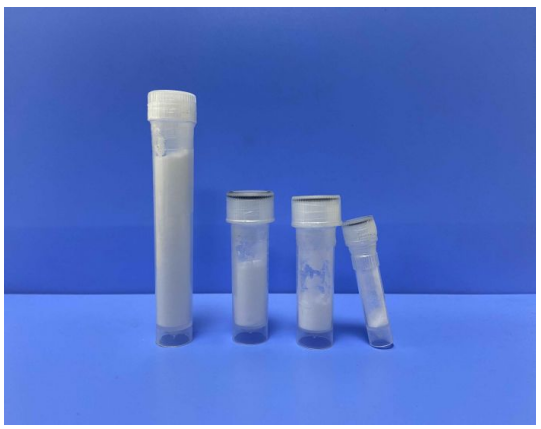Drugs can be hydrolyzed by acids, bases, proteases or metal ions under certain conditions. “For example, the half-life of the hydrolysis of dipeptide glycylglycine in 1mol/LNaOH is approximately 2 days at 25 ° C, and 150 days in 1mol/L hydrochloric acid.” However, the difficult-activated peptide bonds can be rapidly cleaved by palladium and copper compounds. So what factors are involved in the hydrolysis of peptide synthesis?
What conditions can be related to the breakdown of polypeptide synthesis
1, pH conditions
The drug is easily hydrolyzed in acidic and alkaline environments, and the hydrolysis rate is low under neutral conditions. The hydrolysis of the C-terminal glycine of the tetrapeptide was measured at pH 0 to 14 region at 25 ° C, and the relationship between the hydrolysis rate and pH coefficient was plotted. Among them, the hydrolysis rate of the peptide at pH=7 was 3×10-9s-1, and its half-life was calculated to be 7 years.
2. Temperature conditions
The hydrolysis rate of the drug at high temperature is obviously much higher than that at room temperature, and the difference between the two is relatively large. Scientific experiments have confirmed the hydrolysis of tetrapeptides in different cold and hot resins. Although the hydrolysis of geothermal resin has been more than that of cold resin gradually, it remains relatively balanced after 1500min. The hydrolysis rate of five dipeptides at 150 ° C and 25 ° C showed that the hydrolysis rate at 150 ° C was about 105 times higher than that at 25 ° C.
3. Enzyme catalytic factors
The peptide bonds at different sites of polypeptide drugs need to be hydrolyzed by different enzymes and different temperatures, and the hydrolysis rate at different sites is also different. The results showed that the hydrolysis rate and half-life of the C-terminal peptide bond with carboxypeptidase B, the internal peptide bond with angiotensin-converting enzyme, and the dipeptide bond with ascitic tumor dipeptidase. In addition, the cleavage rate of the three classes of peptide bonds without enzymatic catalysis and the hydrolysis rate after enzymatic catalysis were examined. Finally, it was concluded that carboxypeptidase B was the most powerful enzyme among the three classes of enzymes.
Post time: Feb-27-2024

